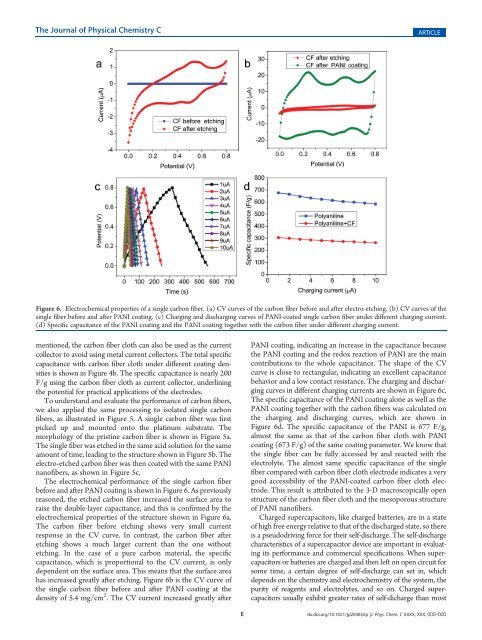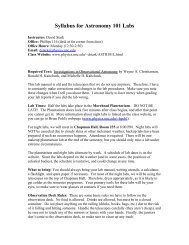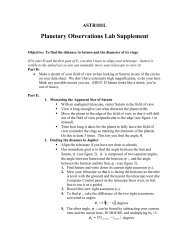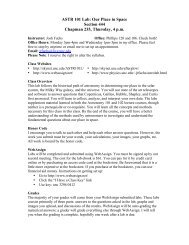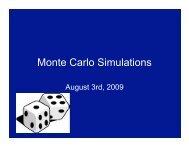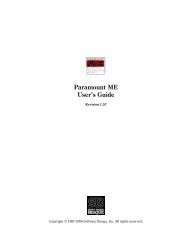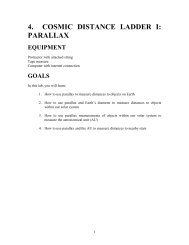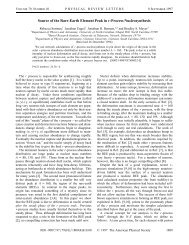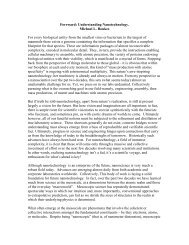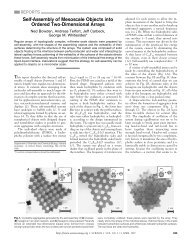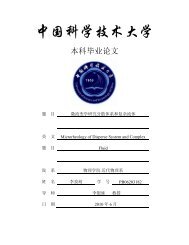Polyaniline-Coated Electro-Etched Carbon Fiber Cloth Electrodes ...
Polyaniline-Coated Electro-Etched Carbon Fiber Cloth Electrodes ...
Polyaniline-Coated Electro-Etched Carbon Fiber Cloth Electrodes ...
Create successful ePaper yourself
Turn your PDF publications into a flip-book with our unique Google optimized e-Paper software.
The Journal of Physical Chemistry C<br />
ARTICLE<br />
Figure 6. <strong>Electro</strong>chemical properties of a single carbon fiber. (a) CV curves of the carbon fiber before and after electro-etching. (b) CV curves of the<br />
single fiber before and after PANI coating. (c) Charging and discharging curves of PANI-coated single carbon fiber under different charging current.<br />
(d) Specific capacitance of the PANI coating and the PANI coating together with the carbon fiber under different charging current.<br />
mentioned, the carbon fiber cloth can also be used as the current<br />
collector to avoid using metal current collectors. The total specific<br />
capacitance with carbon fiber cloth under different coating densities<br />
is shown in Figure 4b. The specific capacitance is nearly 200<br />
F/g using the carbon fiber cloth as current collector, underlining<br />
the potential for practical applications of the electrodes.<br />
To understand and evaluate the performance of carbon fibers,<br />
we also applied the same processing to isolated single carbon<br />
fibers, as illustrated in Figure 5. A single carbon fiber was first<br />
picked up and mounted onto the platinum substrate. The<br />
morphology of the pristine carbon fiber is shown in Figure 5a.<br />
The single fiber was etched in the same acid solution for the same<br />
amount of time, leading to the structure shown in Figure 5b. The<br />
electro-etched carbon fiber was then coated with the same PANI<br />
nanofibers, as shown in Figure 5c.<br />
The electrochemical performance of the single carbon fiber<br />
before and after PANI coating is shown in Figure 6. As previously<br />
reasoned, the etched carbon fiber increased the surface area to<br />
raise the double-layer capacitance, and this is confirmed by the<br />
electrochemical properties of the structure shown in Figure 6a.<br />
The carbon fiber before etching shows very small current<br />
response in the CV curve. In contrast, the carbon fiber after<br />
etching shows a much larger current than the one without<br />
etching. In the case of a pure carbon material, the specific<br />
capacitance, which is proportional to the CV current, is only<br />
dependent on the surface area. This means that the surface area<br />
has increased greatly after etching. Figure 6b is the CV curve of<br />
the single carbon fiber before and after PANI coating at the<br />
density of 5.4 mg/cm 2 . The CV current increased greatly after<br />
PANI coating, indicating an increase in the capacitance because<br />
the PANI coating and the redox reaction of PANI are the main<br />
contributions to the whole capacitance. The shape of the CV<br />
curve is close to rectangular, indicating an excellent capacitance<br />
behavior and a low contact resistance. The charging and discharging<br />
curves in different charging currents are shown in Figure 6c.<br />
The specific capacitance of the PANI coating alone as well as the<br />
PANI coating together with the carbon fibers was calculated on<br />
the charging and discharging curves, which are shown in<br />
Figure 6d. The specific capacitance of the PANI is 677 F/g,<br />
almost the same as that of the carbon fiber cloth with PANI<br />
coating (673 F/g) of the same coating parameter. We know that<br />
the single fiber can be fully accessed by and reacted with the<br />
electrolyte. The almost same specific capacitance of the single<br />
fiber compared with carbon fiber cloth electrode indicates a very<br />
good accessibility of the PANI-coated carbon fiber cloth electrode.<br />
This result is attributed to the 3-D macroscopically open<br />
structure of the carbon fiber cloth and the mesoporous structure<br />
of PANI nanofibers.<br />
Charged supercapacitors, like charged batteries, are in a state<br />
of high free energy relative to that of the discharged state, so there<br />
is a pseudodriving force for their self-discharge. The self-discharge<br />
characteristics of a supercapacitor device are important in evaluating<br />
its performance and commercial specifications. When supercapacitors<br />
or batteries are charged and then left on open circuit for<br />
some time, a certain degree of self-discharge can set in, which<br />
depends on the chemistry and electrochemistry of the system, the<br />
purity of reagents and electrolytes, and so on. Charged supercapacitors<br />
usually exhibit greater rates of self-dicharge than most<br />
E dx.doi.org/10.1021/jp203852p |J. Phys. Chem. C XXXX, XXX, 000–000


